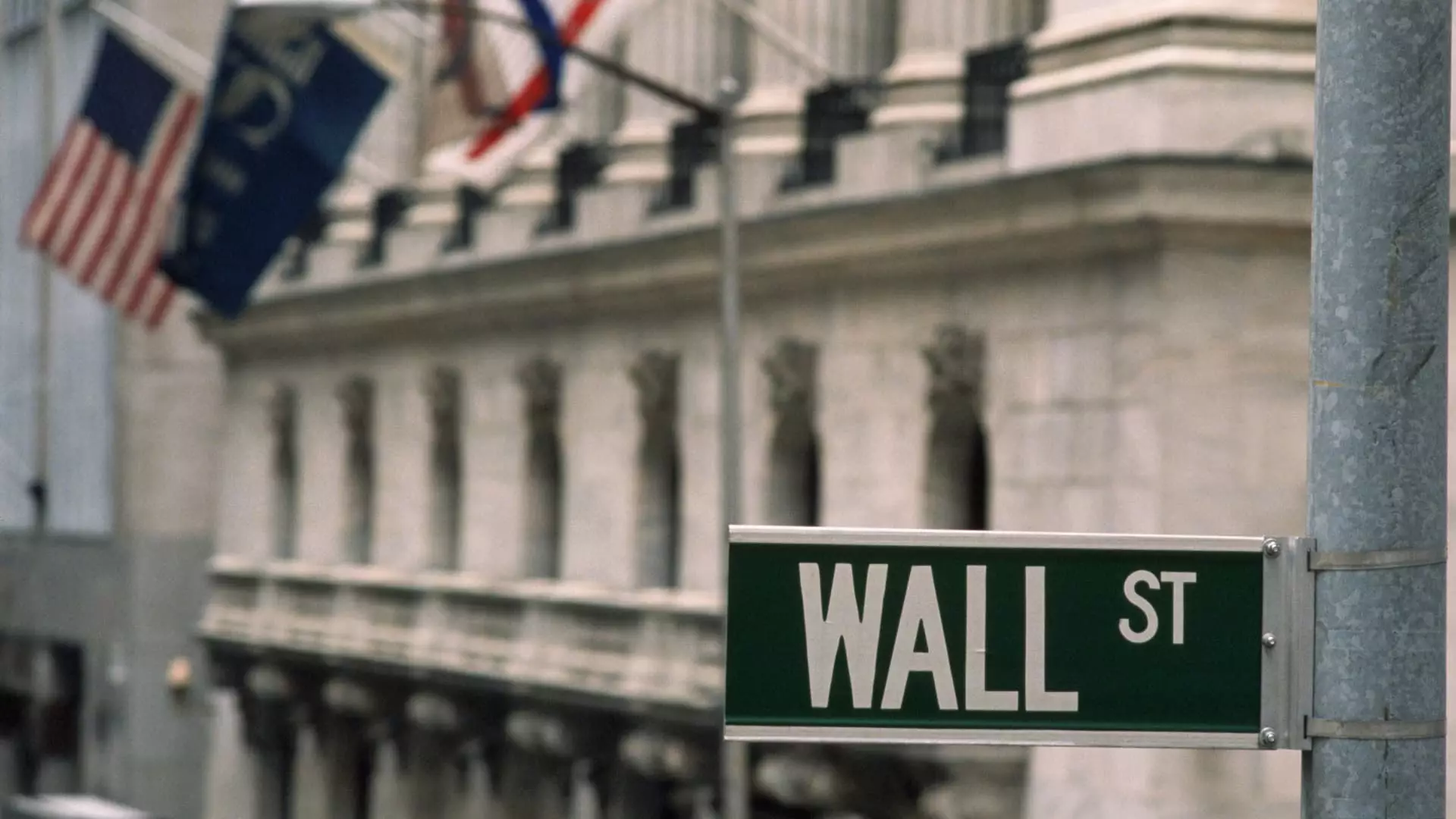As 2025 unfolds, the initial public offering (IPO) landscape is witnessing a new chapter. With more than a dozen companies initiating their trading this year, the response from investors has been lukewarm at best. Despite the seemingly lackluster performance of these launches, Nasdaq’s president, Nelson Griggs, remains optimistic about a potential resurgence in the IPO market as the year progresses. He suggests that the latter half of 2025 may present a more robust environment for IPOs, hinting at an underlying resilience.
Griggs’ comparison of the IPO market to a pendulum reflects a critical understanding of market dynamics. Historically, the flow of investment between private and public markets has oscillated, sometimes favoring one over the other. In times when public capital is scarce, private markets tend to flourish, creating a backlogged pipeline of companies eager to make their public debut.
However, not all potential IPOs transition smoothly into public trading. Companies like Panera Brands have encountered numerous obstacles that hinder their public offering aspirations. These difficulties emphasize that the path to going public can often be fraught with hurdles, and the stakes are high for companies making this crucial decision. Similarly, Twin Peaks, a recent addition to the stock market courtesy of its parent company, Fat Brands, highlights that spinoffs may serve strategic purposes, such as servicing corporate debt, rather than reflecting robust market enthusiasm.
Moreover, the reluctance of high-profile companies—especially in the technology and AI sectors—to pursue public listings raises questions about the attractiveness of the public market. With firms like OpenAI thriving in private funding environments, the allure of going public diminishes when substantial capital can be raised without the complexities and scrutiny of a public offering.
Griggs highlights an essential transformation within the private investment landscape. Innovations in funding methods have empowered startups to secure capital without relying on IPOs, presenting a challenge for traditional public markets. As Griggs aptly points out, liquidity access has increased in the private sector, making it an appealing option for fledgling companies. However, while private markets offer immediate benefits, they often lack the enduring liquidity associated with a public listing.
Despite these advancements, Griggs alludes to a crucial undercurrent suggesting that the intrinsic motivations for companies to go public still exist. Market fluctuations, shifts in investor sentiment, and the character of economic cycles are key variables that could rekindle interest in IPOs. As companies adhere to emerging trends and adapt to the financial landscape, it seems that the notion of a sustained public market revival may not be as distant as it appears.
The IPO scene in 2025 is marked by cautious optimism. While challenges persist, and companies are increasingly utilizing private funding channels, the intrinsic value of going public—namely, achieving long-term liquidity and access to broader capital markets—remains a pivotal objective for many. As the year progresses, it will be intriguing to see if the pendulum of investment swings more favorably towards public offerings once again.

